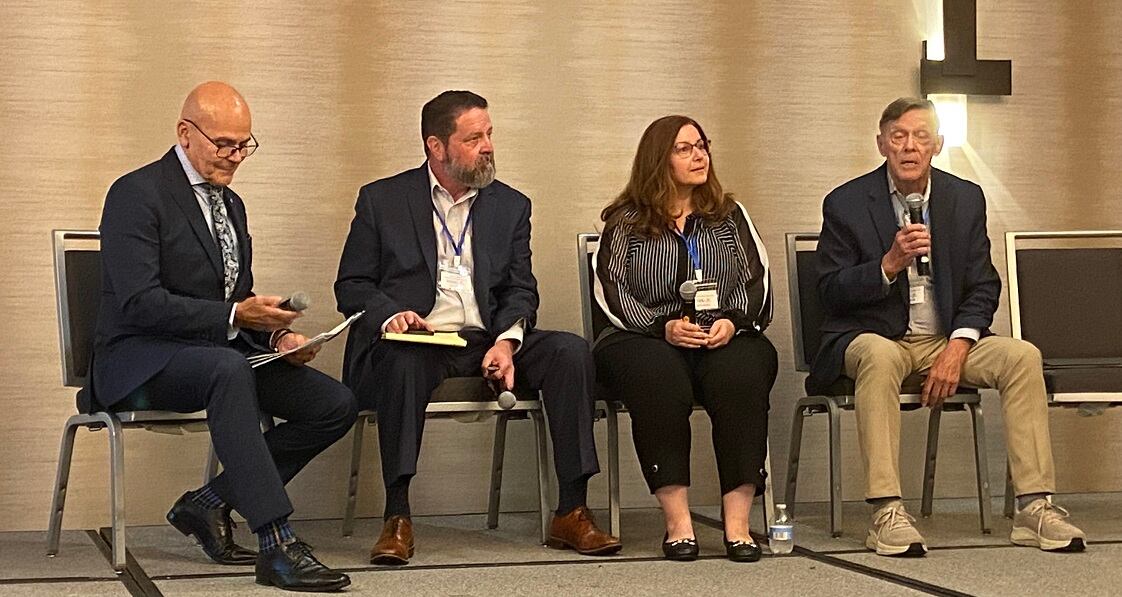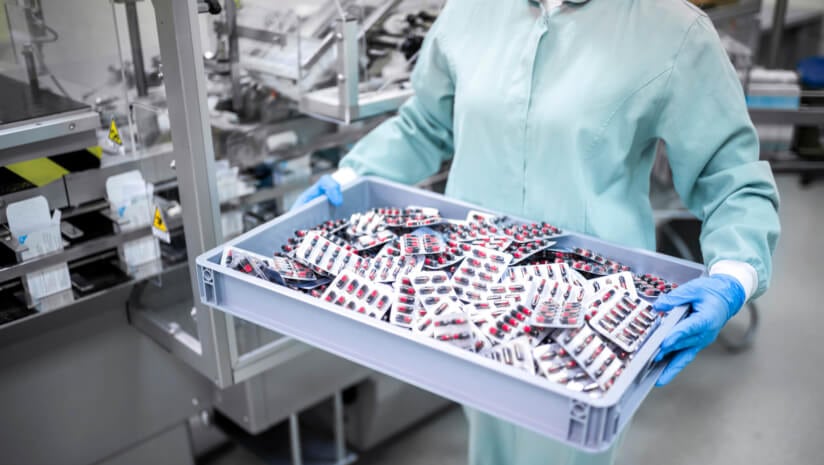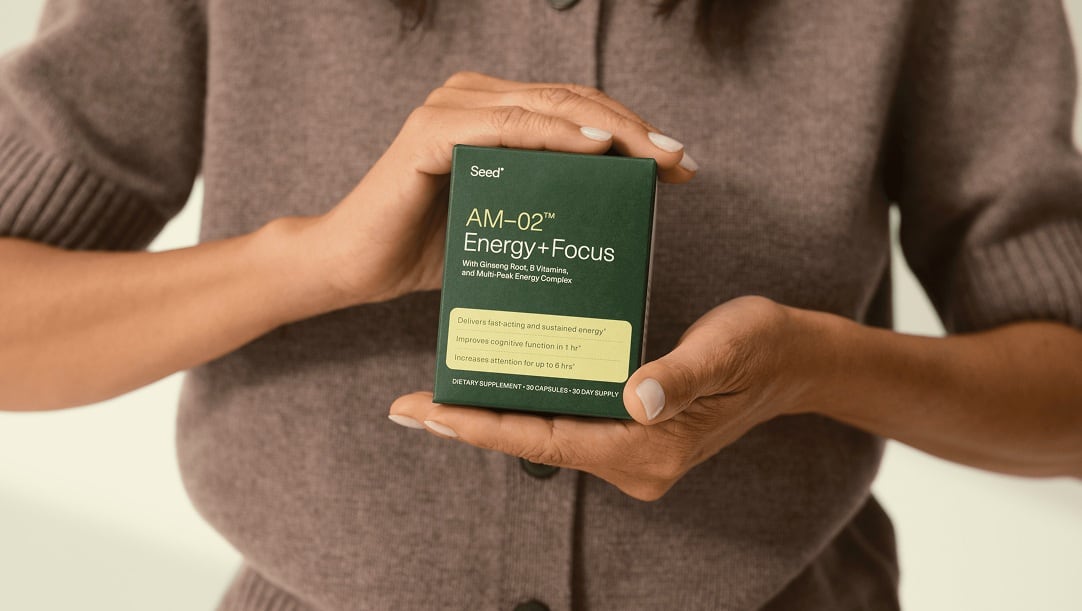Although probiotics were on the horizon commercially at that time, the U.S. Congress did not think to include them as a category under the Act, said Bob Durkin, partner and co-chair of the regulatory group at Amin Wasserman Gurnani.
“We all owe a debt of gratitude to the framers,” Durkin said of DSHEA’s drafters. “But they would do things a little different now.”
Doing regulation differently was a primary theme of this year’s International Probiotic Association (IPA) workshop in Bethesda, Maryland on Sept. 25, where industry, legal and federal experts convened to discuss probiotic regulation in North America.
One topic of interest among the workshop attendees was the future, or lack thereof, of self-affirmed GRAS (generally regarded as safe) for probiotics and other supplements. The U.S. Food and Drug Administration is scheduled to eliminate the provision, although legal pushback is expected.
Self-affirmed GRAS, where a company conducts its own safety assessment of the ingredient in question with a panel of experts, translates to a company keeping documentation about some proprietary supplements private unless challenged by regulators or litigation. FDA-notified GRAS, however, requires a company to submit its safety data and findings to the FDA for a review process, which leads to a public “no questions” letter if the agency agrees the ingredient is safe. Some internal documentation may become public record.
“I think probiotics, or biotics as a whole, are ingredients that are showing up in both conventional foods and dietary supplements,” said Cara Welch, director of the Office of Dietary Supplement Programs (ODSP) at the FDA. “I think this is an opportunity for the IPA and this audience to really make your voice and your perspective known [about self-affirmed GRAS] because I think this is a community that is specifically at that intersection. We know that these ingredients are both in food and dietary supplements.”
George Paraskevakos, executive director of IPA, told NutraIngredients that the organization will be submitting comments on that proposed rulemaking.
Durkin said self-affirmed GRAS is a business decision for most companies who want to guard their proprietary information.
“If the FDA gets rid of self-affirmed GRAS, you’re just left with either an [NDI] notification or a food additive petition,” he said. “And that would be ridiculous. I can imagine it would stifle innovation, and it would have shockwaves.”

Next-gen probiotics and probiotic drugs
Some experts argued regulations do not adequately encompass the advent of next-generation probiotics. To be considered a next-generation probiotic, it must first originate as a probiotic, at least according to the widely accepted Food and Agriculture Organization definition of it.
“I do want to clarify that according to the FDA’s interpretation of the definition of a dietary ingredient [under DSHEA], the FDA says you cannot supplement the diet with something that is not in the diet,” said Amy Smith, technical sales director at Kerry ProActive Health and IPA board president. “Next-generation probiotics are not taken from any food supply. They are taken from the gastrointestinal tract.”
However, next-generation probiotics can qualify for self-affirmed GRAS (as opposed to a New Dietary Ingredient under DSHEA), at least for now, she said. The probiotic must be demonstrated as safe, then put in the diet somehow. If the next-generation probiotic cannot qualify for either GRAS status and cannot enter the food supply, then it must be considered a drug or a biologic.
Michael Steller, unit head at Health Canada, said that agency is exploring ways to expand the definition of ‘natural’ when it surrounds probiotics that may be genetically modified but can address significant public health concerns.
“If you’re silencing an acquired antibiotic resistance, we can potentially entertain that because in some portion of nature you’re going to find that bacteria with resistance,” he noted. “That said, if you’re adding gain of function, you’re in another world.”
A gain of function is a genetic mutation that allows for a new or enhanced biological ability to an organism.
Marc Tewey, CEO at ExeGi Pharma, said he thought that the big ‘tipping point’ for the probiotics industry is the development of probiotic drugs in the years to come.
“We didn’t really have a pathway for probiotic drugs, but we absolutely do today,” he said, adding that there are about 100 live biotherapeutic products, or probiotic drugs, that are in various stages of development.
Gastroenterologists do not typically recommend dietary supplements. If they can turn to a product vetted by the FDA that can be reimbursed, they will likely do so, Tewey said. He noted that 50% of the population is using probiotics because they are seeking a health outcome.
“The day that you have an FDA approved product [like a probiotic drug], I think that whole paradigm changes and it’s going to impact our industry in some way, shape or form,” Tewey said.
However, the probiotic supplement industry will not disappear, Paraskevakos added.
“They’ll definitely be a case for these supplements to continue to survive and thrive,” he said. ”At the end of the day, it’s about the intended use. That’s what we tell governments all the time.”



